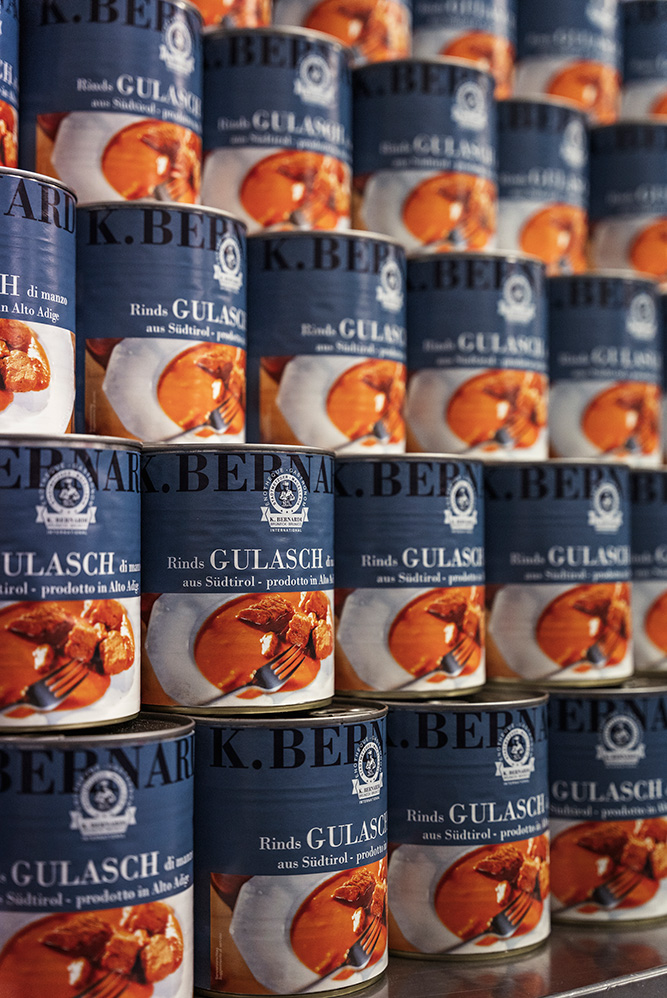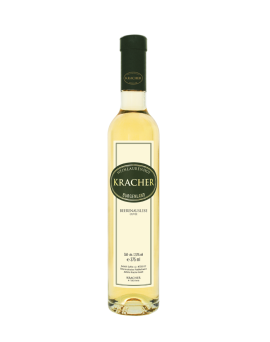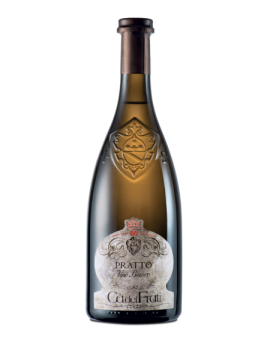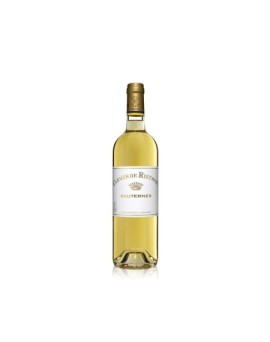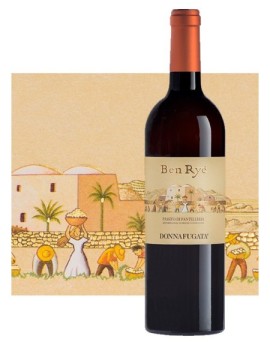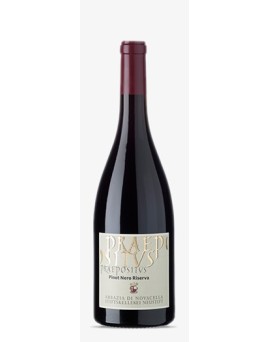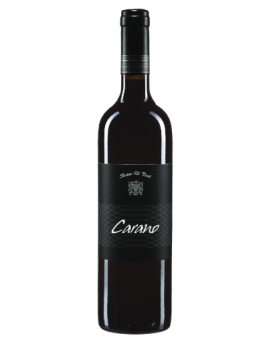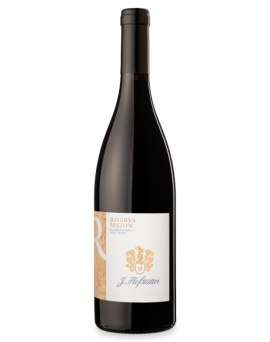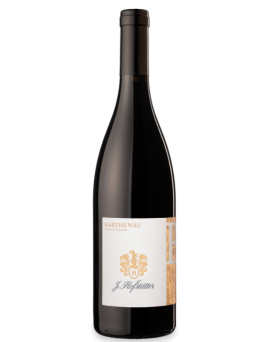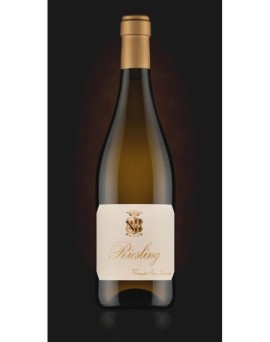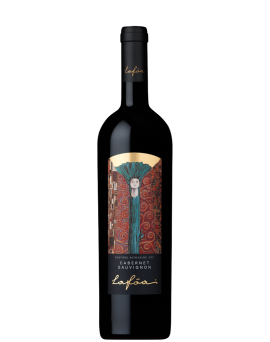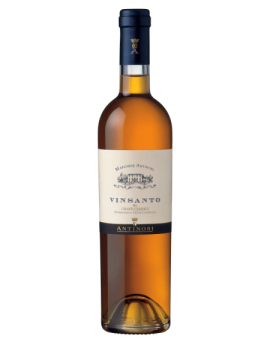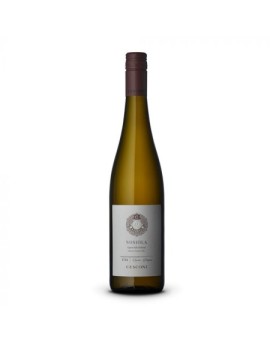Beerenauslese Kracher Cuvee...
Weinlaubenhof Kracher is located south-east of Vienna in Burgenland, a region characterised by gravelly soils with varying limestone content transported by the Danube<br />River. The presence of this river together with Lake Neusiedl creates a warm humid climate ideal for the formation of noble rot on the grapes produced in the area. Kracher is<br />based in Illmitz, on the Hungarian border, and has been run since 2007 by Alois' son Gerhard Kracher, with the help of his wife Yvonne: it is Austria's leading winery for<br />sweet wines. The varieties used are Welschriesling, Chardonnay, Traminer, Scheurebe, Muskat-Ottonel, and in some vintages also Zweigelt. Kracher harvests and vinifies<br />small batches, using a number series to distinguish them: a higher number corresponds to a higher sugar concentration in the wine. Two types of wine are produced: Cuvée,<br />sweet wines of medium concentration, Beerenauslese and Eiswein; Kollektion, very concentrated sweet wines produced according to two different methods: Zwischen den<br />Seen (traditional with fermentation in steel or wooden barrels) and Nouvelle Vague (modern with the use of new barriques). WEINLAUBENHOF KRACHER has also entered<br />into a partnership with the Liliac Winery in Transylvania, in order to exploit the climatic peculiarities of the Lechinta region that are optimal for the production of Eiswein.<br /><br />Cuvée Beerenauslese<br /><br />Varieties: Welschriesling (Riesling Italico), Chardonnay.<br />Vineyards: Weinlaubenhof Kracher is located southeast of Vienna in Burgenland,<br />a region characterised by gravelly soils with varying limestone content transported<br />by the Danube River. The presence of this river together with Lake Neusiedl creates<br />an ideal warm and humid climate for the formation of noble rot on the grapes produced<br />in the area.<br /><br />Vinification: The Beerenauslese Cuvée is partly (85%) fermented and matured<br />in stainless steel, the other part (15%) in large barrels; maturing lasts for 12<br />months.<br /><br />Characteristic properties: The Beerenauslese Cuvée has aromas of white peaches and honeydew.<br />honeydew, while the palate reveals notes of citrus fruits, tangerine, ripe yellow peach. It has<br />an elegant structure well balanced by acidity. The finish is long and fresh.<br />
Price
€38.60

